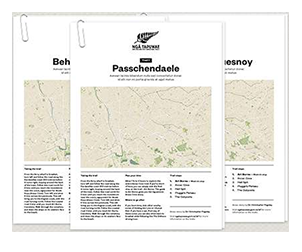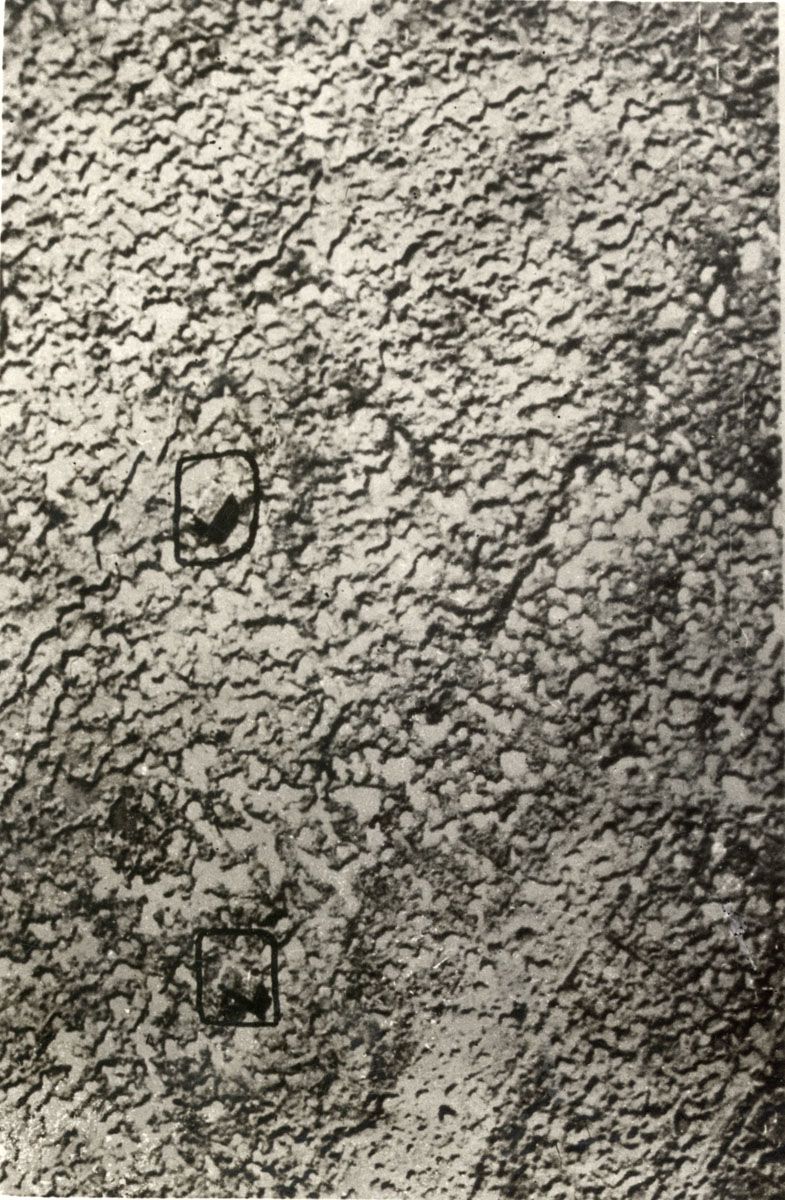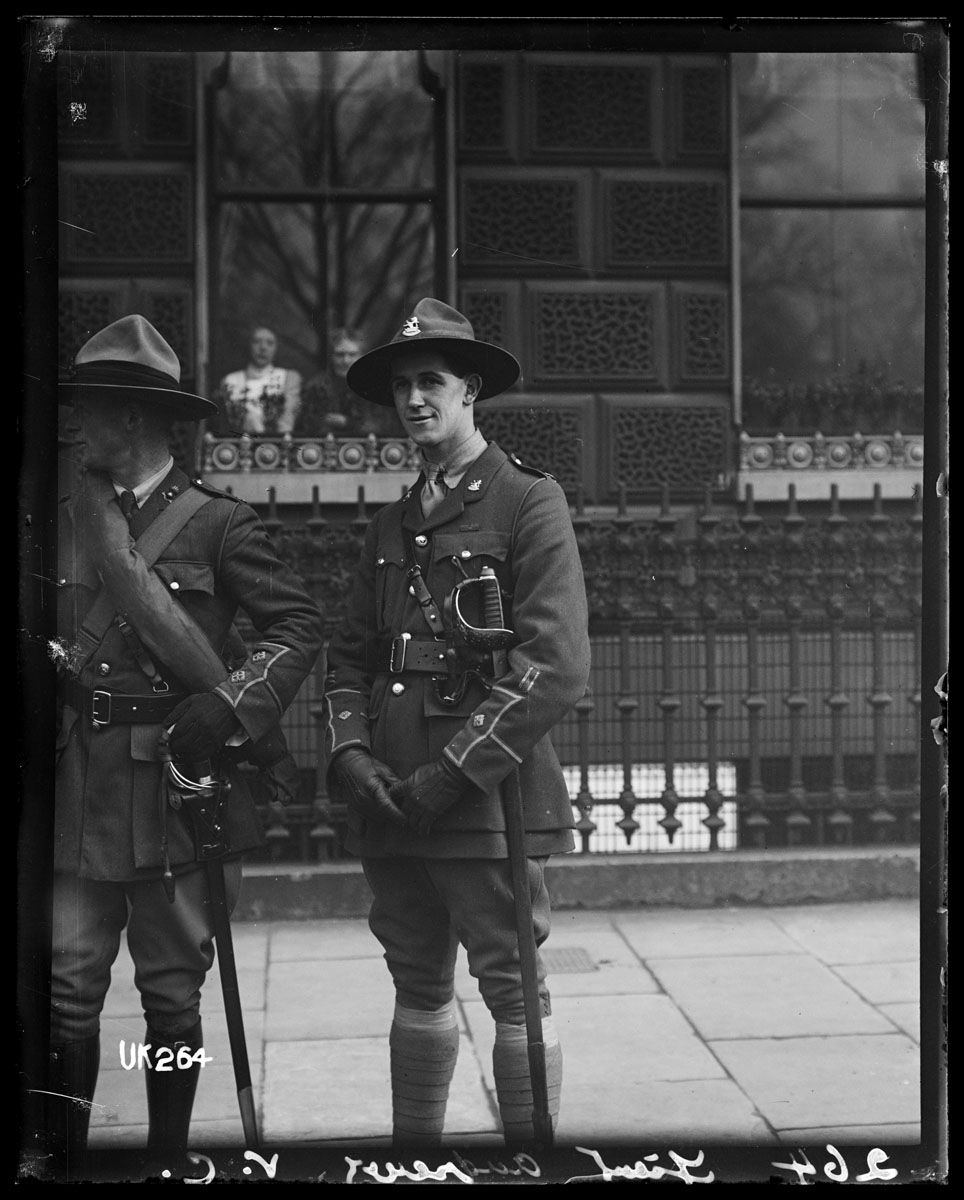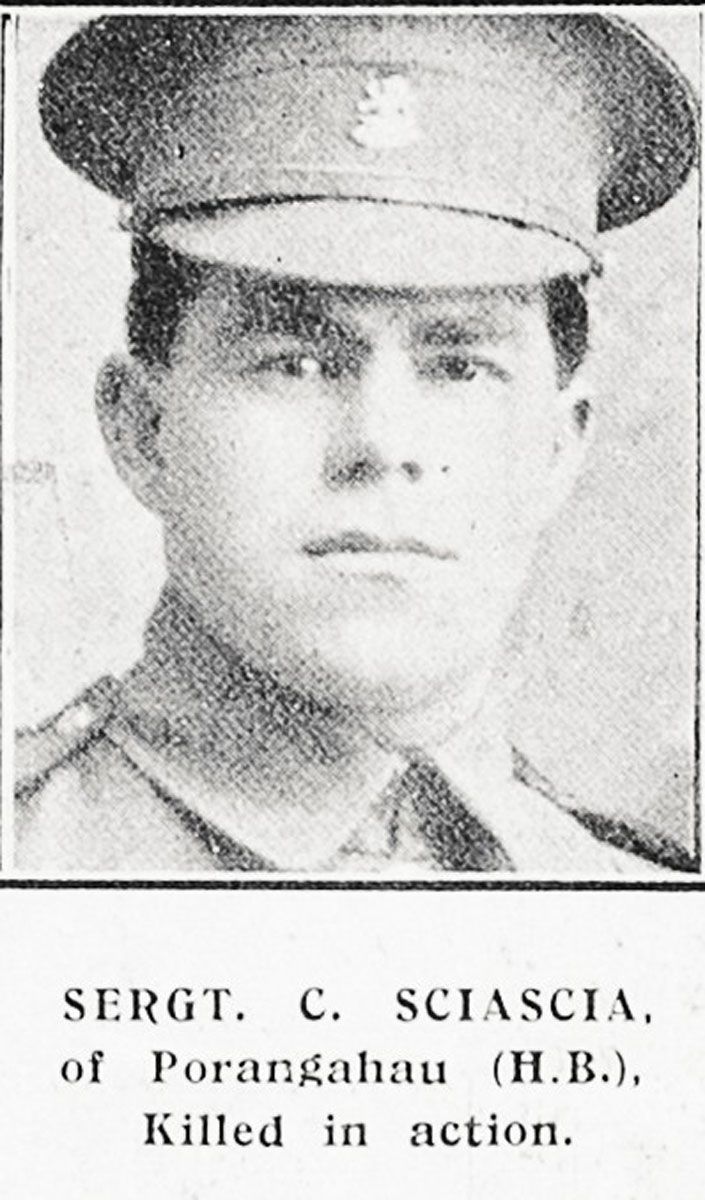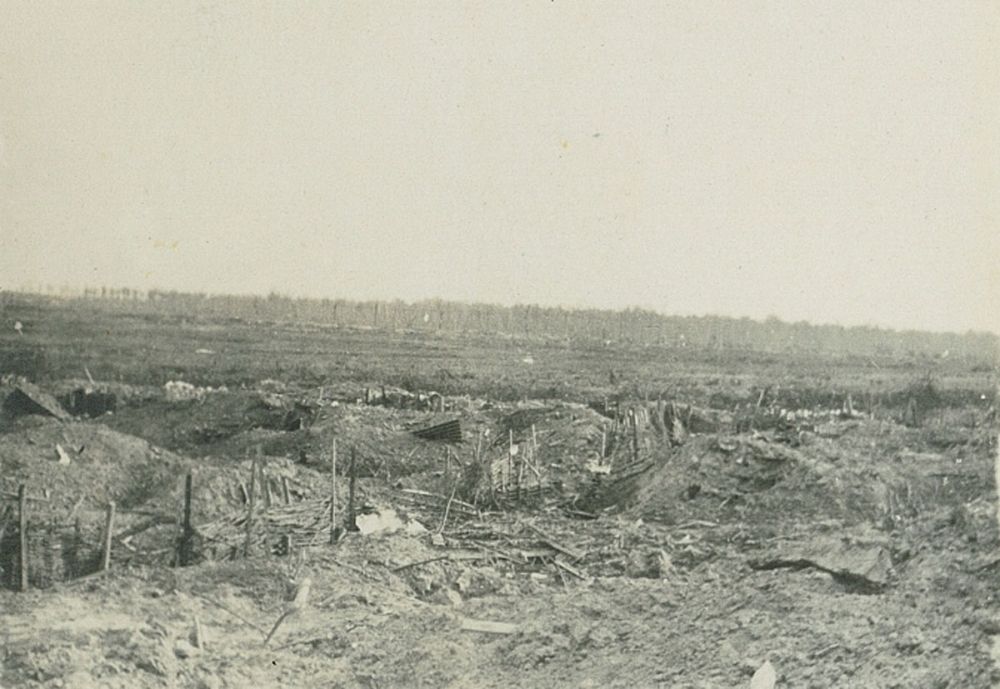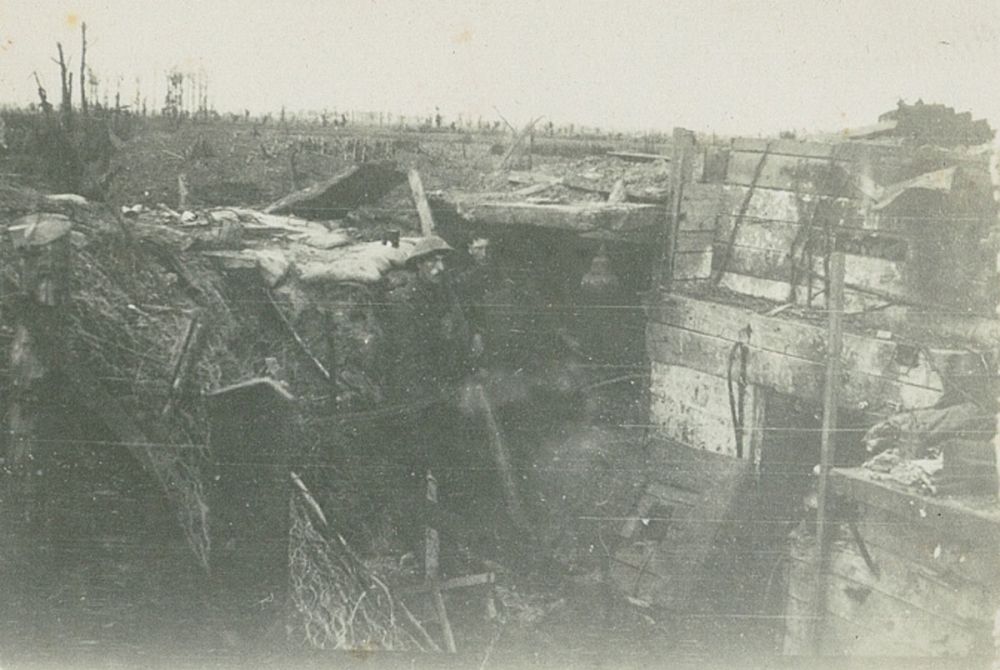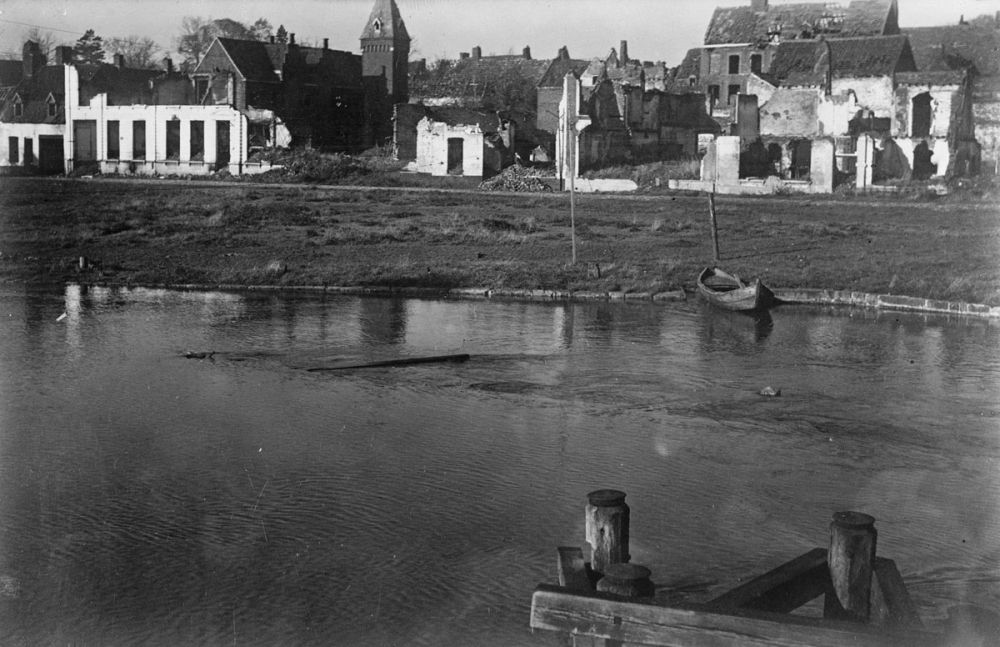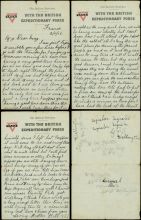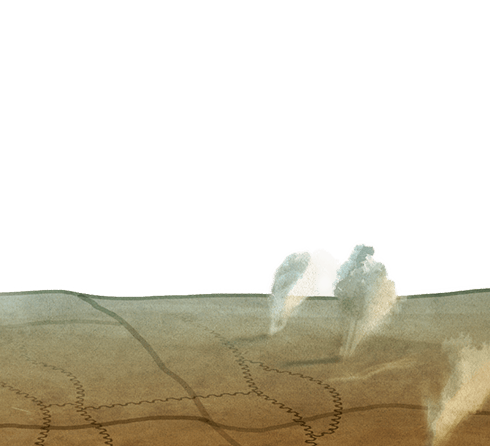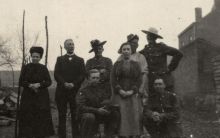La Basseville Andrew VC
You’re standing, facing the memorial of Lance Corporal Leslie Andrew, and you’re between what was the former village of La Basseville, on your right, and the current village of Warneton on your left. You can see the church spire at Warneton further down the road on your left. By July 1917, after the battle of Messines, the New Zealanders had taken over this sector of the frontline and were pushing the Germans back beyond the river Lys - which is in front of you - behind this memorial.
On 27 July, Captain Hugh McLean of the Hawkes Bay Company of the Wellington Battalion, attacked La Basseville, and initially grabbed the village. But, in the heavy fighting that followed, they were driven out when a battalion of the 16th German Division counter-attacked and regained the town. On 31 July the New Zealanders attacked again, this time featuring the Wellington Battalion made up of the West Coast Taranaki Company, some of the Ruahines and the Hawkes Bay company. They knew the ground, as they had been part of the previous attack. So once again they fought their way into the town, and battled their way along this street, house-by-house, grenading and bayoneting the German occupants until they reached this point.
Right about here was a strongpoint that had been identified, and it was the target of the young lance-corporal, Leslie Andrew. Andrew, with two sections of infantry, took out the machine gun, and then advanced through the artillery fire, in the direction of Warneton - to your left, following up the retreating Germans. He and one of his men, Private Lawrence Ritchie, kept going on their own. And if you go up about 200 metres from where you’re standing, there was a cabaret - a local pub with a machine gun post outside it. Andrew attacked and took the machine gun, killed its crew, and then grenaded the occupants in the pub. He and Ritchie then rejoined the garrison here in La Basseville. For the rest of the day there were furious German counter-attacks to regain this position - but using every weapon they had, the New Zealanders held them off. Meanwhile, General Gough’s 5th Army had commenced the 3rd Battle of Ypres on a 15-mile front.
400 metres to your right, there is a small road, and a sign post to the memorial to Charles Sciascia of the Wellington Battalion. He was a former Māori All Black, and was killed in this attack on 31 July. This private monument has been erected to his memory. It’s quite unusual because it’s one of the few private monuments that exists to Allied soldiers in Belgium or France - and it’s built to be exactly Sciascia’s height.

